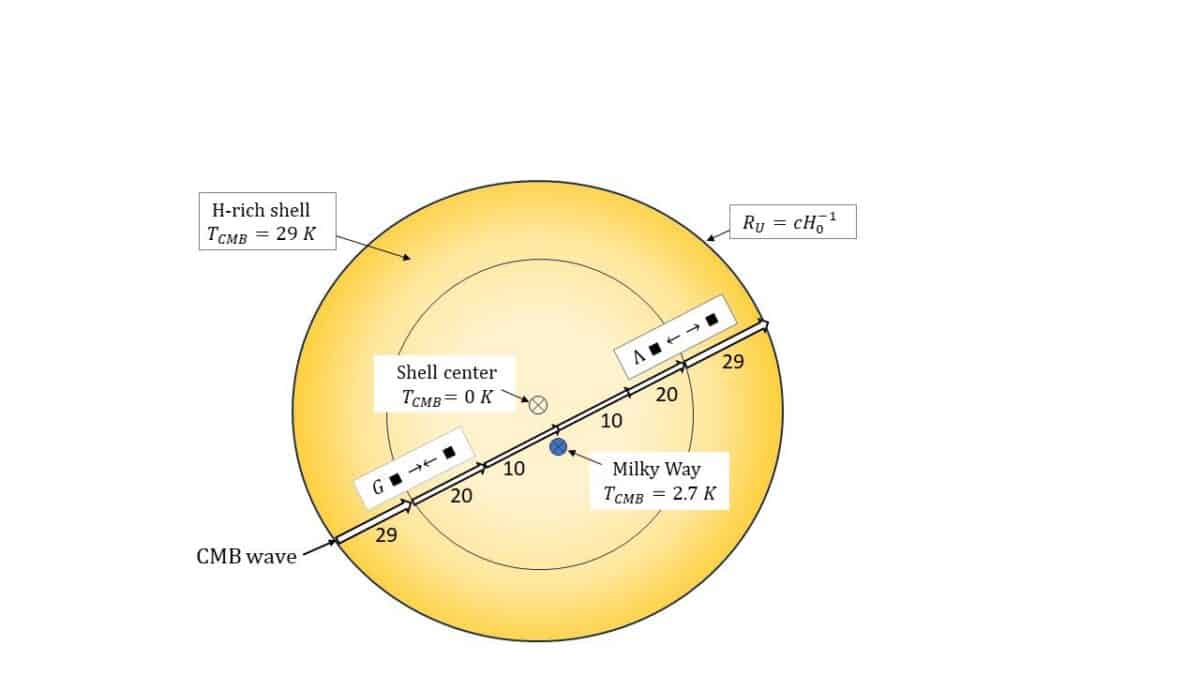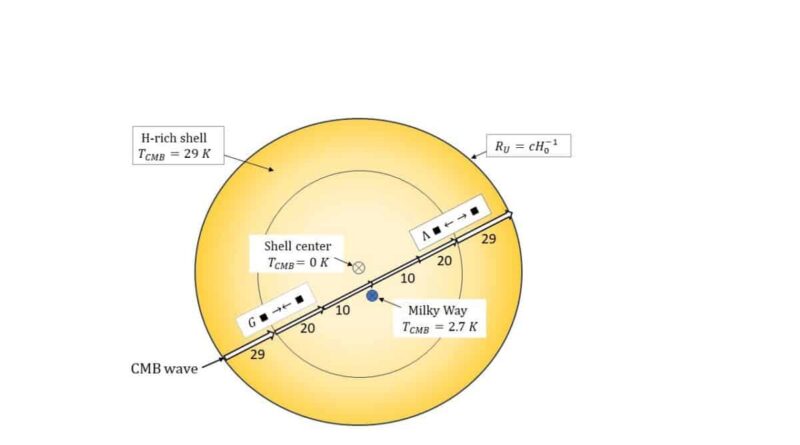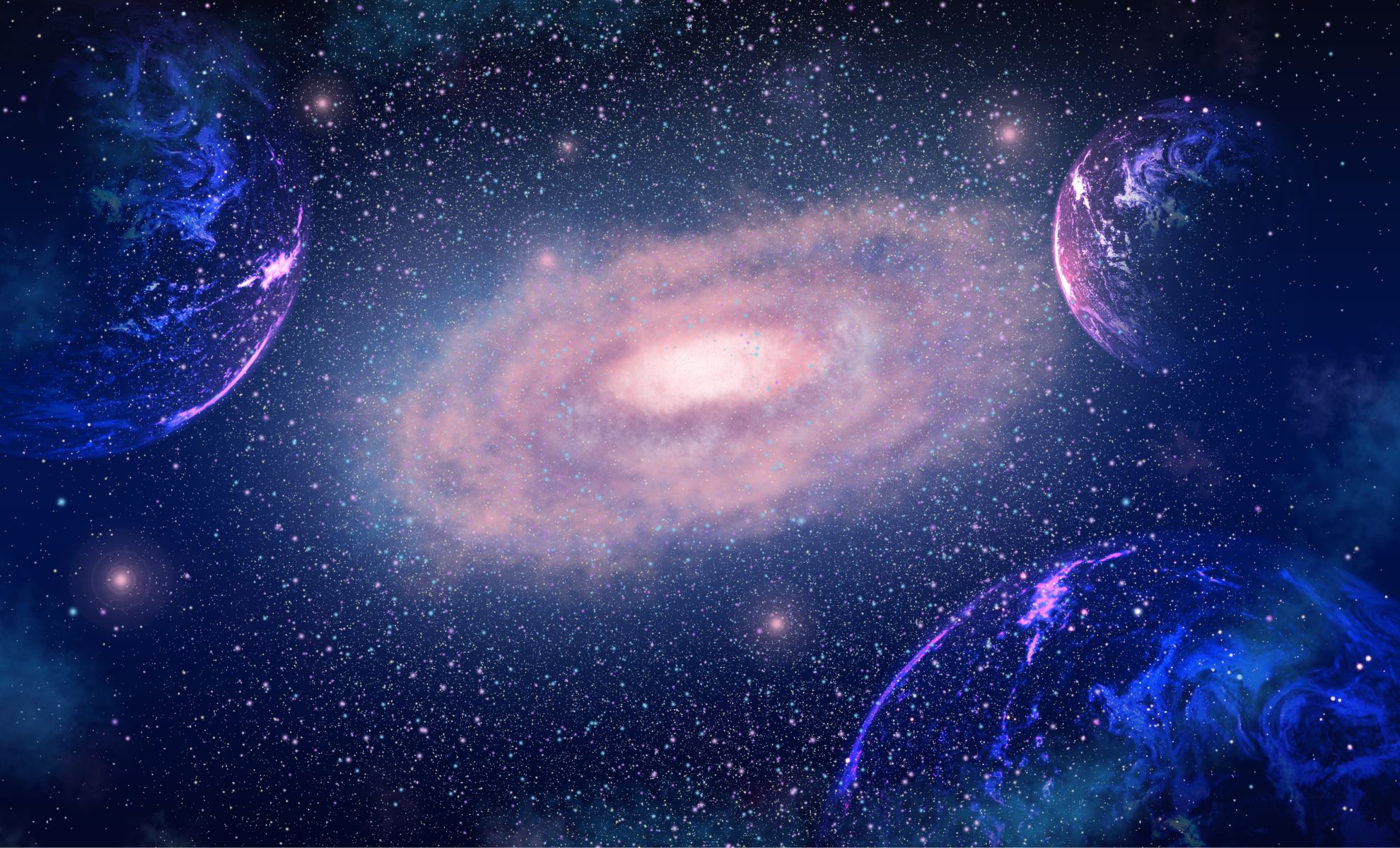Is Our Universe a Black Hole? A New Cosmological Model Challenges Many
For decades, the Lambda Cold Dark Matter (LCDM) model dominated the universe, building on Big Bang theories. It proposed that the universe expanded from a very large scale, with the expansion of space-time causing Hubble’s red glow. The model incorporated dark matter and dark energy to account for the cosmic microwave background (CMB) and the unexpected darkness of distant supernovae.
However, cracks are beginning to appear in this once reliable plan. Discoveries from the James Webb Space Telescope (JWST) show very old galaxies that formed very quickly after the universe is thought to have begun. Other errors, such as the “Hubble squeeze” and the late appearance of dark energy, suggest that the cosmology may be facing a crisis.
A New View of Gravity
Although some scientists hope to change An example of an LCDM to correct these issues, research generally suggests a completely different direction. In 2011, Jun Ni discovered new solutions to the Einstein field equations for neutron stars, which were later extended by Lubos Neslusan, Jorge deLyraand others. These solutions—known as the Ni-Neslusan-deLyra settings– challenge conventional wisdom of the universe.
Unlike conventional models, these solutions describe a shell-like structure with a gap in the middle, where repulsive gravity causes objects to attract the shell. This setup produces redshifts and blueshifts, depending on the direction the light travels through the shell, a deviation from the standard Minkowski spacetime associated with spherical shells.
LCDM Conflict Resolution
All the contradictions in the LCDM model, including the Hubble tension and supernova dimming, can be explained if our visible universe was concentrated in a dense Ni shell. The Milky Way is near the center in a region known as the KBC Void. Although this scenario contradicts the principle of the universe, evidence from quasar calculations and other observational errors may support it.
In this Ni shell universe, the Hubble redshift can be caused by the gravitational force caused by the shell, not just the expansion of space. Hubble’s pressure would be explained by changes in gravity as one moves away from the center, and the theory of dark energy would no longer be needed.
Hybrid Models and More
The Ni solution may be combined with LCDM in a hybrid form, similar to Rajendra Gupta’s “CCC + TL” model. Supernova dimming can be caused by Ni’s redshifts, making objects appear farther away than they really are. However, Ni’s model may go deeper than solving current cosmic conflicts.
Recent observations of the high density of matter in the early stages of the universe suggest that it may have a mass similar to that of a black hole. In this situation, a new model of the universe may emerge, where spacetime consists of photonic filaments connecting all masses, an idea proposed by Arto Annila and colleagues. These filaments, made up of entangled photon pairs, may play an important role in how gravity works.
The Universe as a Black Hole?
In this black hole cosmology, all radiation would end up inside the universe. The CMB could have originated from gravitational forces that were trapped during the formation of the shell, possibly leading to a cosmic cycle for gravity and forces similar to Einstein’s cosmological constant, Λ.
Gravity, in this model, would arise from the absorption of the CMB’s photon energy in the cosmic rays, pulling mass together. Meanwhile, the Λ force would return the absorbed energy to the photons, pushing the masses apart. This setup is compatible with Ni solutions, where the magnetic field and Λ are driven by inwardly alternating waves and outwardly traveling blue waves, respectively.
A Ni shell black hole universe is tested again. If correct, the temperature of the CMB in the core would be 29 K, with the lowest temperature near the center approaching 0 K. Our current CMB temperature of 2.73 K would indicate that The Milky Way has shrunk from the center of the universe. Measuring the CMB temperature at different locations would provide a simple and direct test of this model.

A New Look at Black Holes
If the universe itself behaves like a black hole, it suggests that all black holes share the same structure, including shell configuration and gravitational cycles/Λ. Regardless of the mass of the black hole, they would produce the “highest brightness,” regardless of size.
For smaller black holes, this process would require more energy to prevent collapse. In rapidly rotating black holes, the Ni shell would collapse into a torus, which would explain the spectacular images of supermassive black holes.
#Universe #Black #Hole #Cosmological #Model #Challenges

